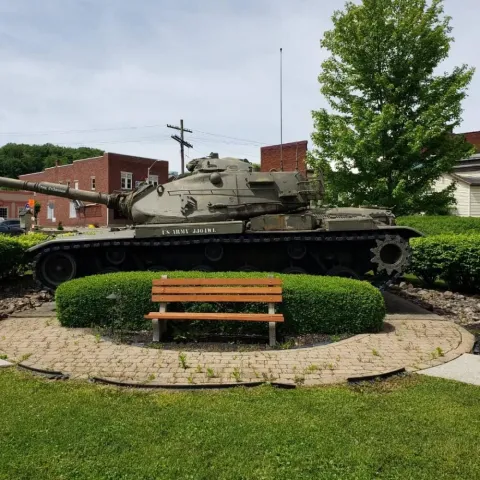Brockway
In 1821, John Smith Brockway purchased the land upon which Brockway would be built at a treasurer's sale in Indiana, Pa. A year later, James M. and Alonzo Brockway, brothers of John, settled along Toby Creek at the site of Brockway. In 1824, Henry Keys, John McGhee, Thomas Moore, Alexander Osborne, and John McIntosh arrived in the Beechwoods and began the Scotch-Irish settlement there.
From 1825 to 1828, the Ceres Road, from Indiana, Pa. to Ceres on the New York state line, was surveyed through Brockway. In 1826, Ridgway Township, Jefferson County, named for Jacob Ridgway, a Philadelphia merchant who owned extensive land in western Pennsylvania, was formed from Pine Creek Township. It included the site of Brockway.
The first school in the Brockway area opened in 1828, with A. M. Clarke was the first teacher. The following year, the post office was established in Brockwayville, and Alonzo Brockway was the first postmaster.
In 1836, Dr. A. M. Clarke laid out Brockwayville, which was incorporated as a town in 1883. Later in 1925, Brockwayville's name was shortened to Brockway.Industralization
From the 1830s, lumber was rafted from the Brockway area to Pittsburgh, marking the beginning of a vast industry that would emerge later in the century. In 1883, the B. R. & P. Railroad began service through Brockwayville. In 1890, Natural gas came to Brockwayville and was used for street lights.
Glass was first made in Brockwayville in 1897. In the following century, it became a locomotive for Brockway's industrialization. Thanks to innovations, Brockway Glass Company initiated the mechanized production of glass containers where bottles were pressed, blown, and annealed. Brockway Glass Company's glass containers have been used nationwide.


